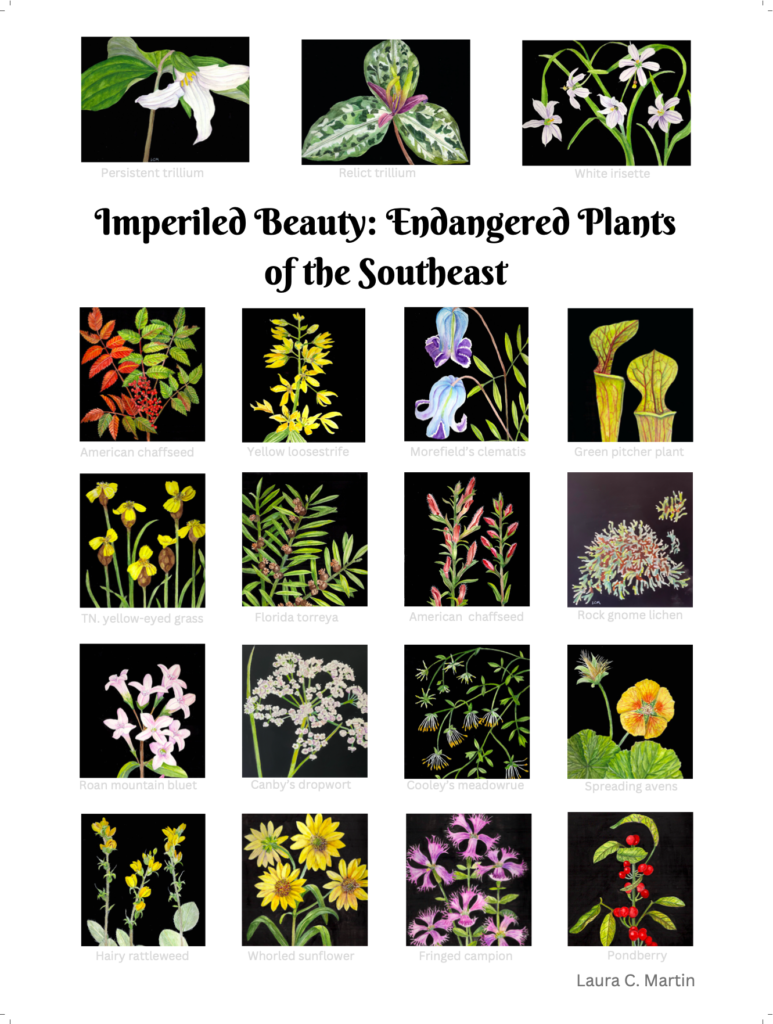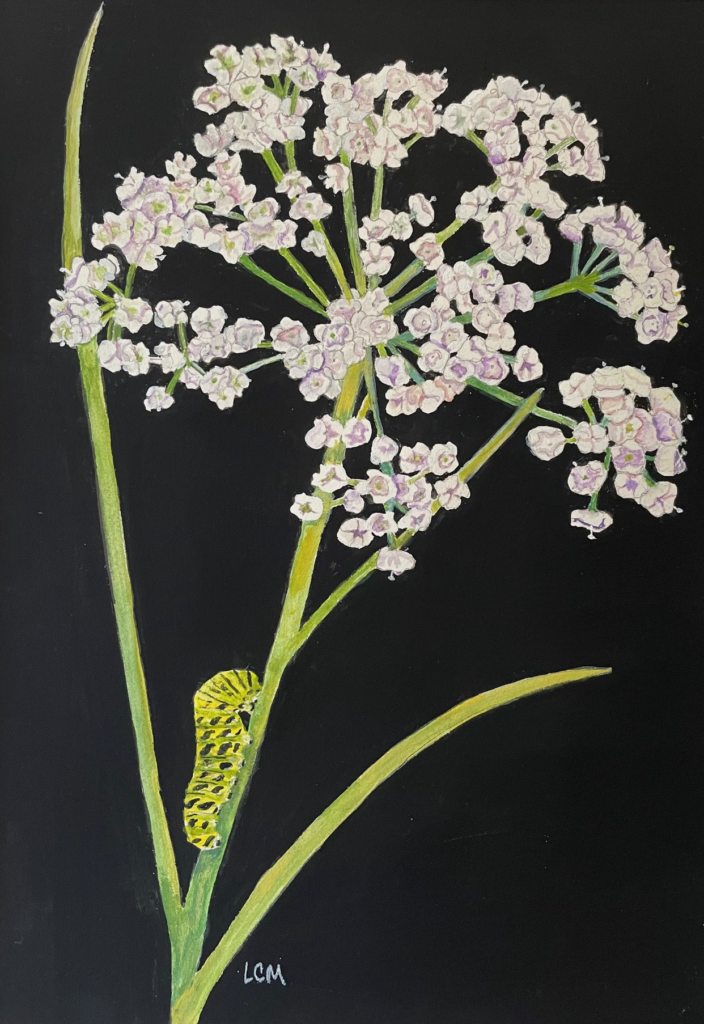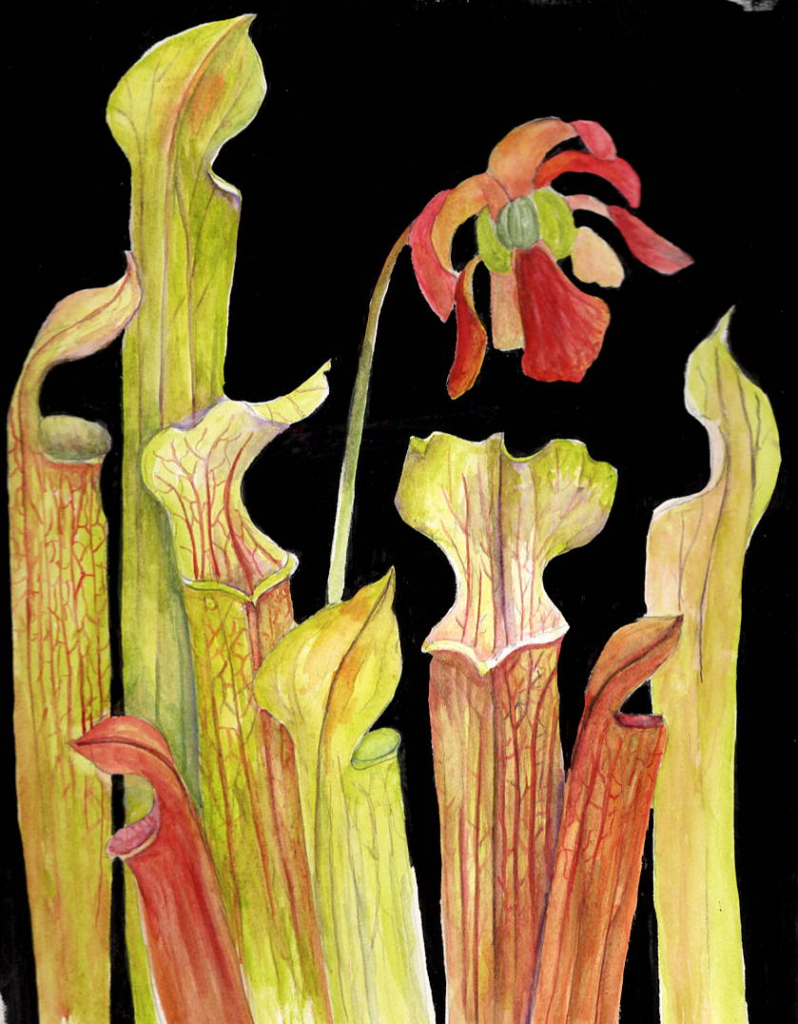I am proud and thrilled to announce that I have recently signed a book contract with the University of Georgia Press to research, write and illustrate a book to be entitled, Imperiled Beauty: The Endangered Plants of the Southeast.

This will be my 27th book and I have never been more enthusiastic or passionate about a project. As many of you know, I worked for over a year to put together an art exhibit showcasing the 19 native Georgia plants that are on the federal endangered species list. And then I was asked to paint the North Carolina endangered plants, and then the ones in Tennessee and one thing led to another until I thought, why not? Let’s just do a book and include all 89 plants that are federally endangered in our region.

Prickly apple cactus
t’s a big project and a big challenge. My goal is to raise awareness about the potential loss of these beautiful plants and to impart the information in a way that people can easily relate to. To that end I’m using both art and storytelling to share my enthusiasm and love for these rare and vulnerable plants. In addition to a LOT of information, there will be 60 watercolor paintings and 29 pen and ink drawings in the book and stories and legends relating how many of the places where these plants are found were held sacred by Native Americans.
For each of the plants, I hope to address both why they are threatened with extinction and how we are working to save them. But I also want to bring these obscure and little known plants to life, providing a biography and little history for each one so that they become not just a name or a statistic but a living part of our world.

Canby’s drop wort
In learning more about these plants, I am of course also learning a lot about their very specialized ecosystems. Many, many of the plants are endangered because they have very specific environmental needs and if their habitat is altered in any way, they simply cannot compete. These are places such as the cedar glades of Tennessee or the sandhill scrub of Florida, the longleaf pine forests and the pitcher plant bogs.

Alabama canebrake pitcher plant
Though exciting, it is very sobering work. The loss of biodiversity is, as Edward O. Wilson said, “more of a threat to our environment than climate change.” The loss of even one species is simply unacceptable. Fortunately, there are many people who are working tirelessly to find ways to safeguard these species and we should all be forever grateful to these individuals, government agencies, academics and organizations.
Even though the future of the environment sometimes looks bleak, it is comforting to know that some of the best minds in the country are working to save our natural world. I feel privileged and honored to be able to contribute in any way, to offer my writing and art to introduce you to these rare and lovely plants, the imperiled beauties of the Southeast.

Awesome! You are on your way to becoming the Audubon of plants in the Southeast US (without the legacy of fraud, of course).